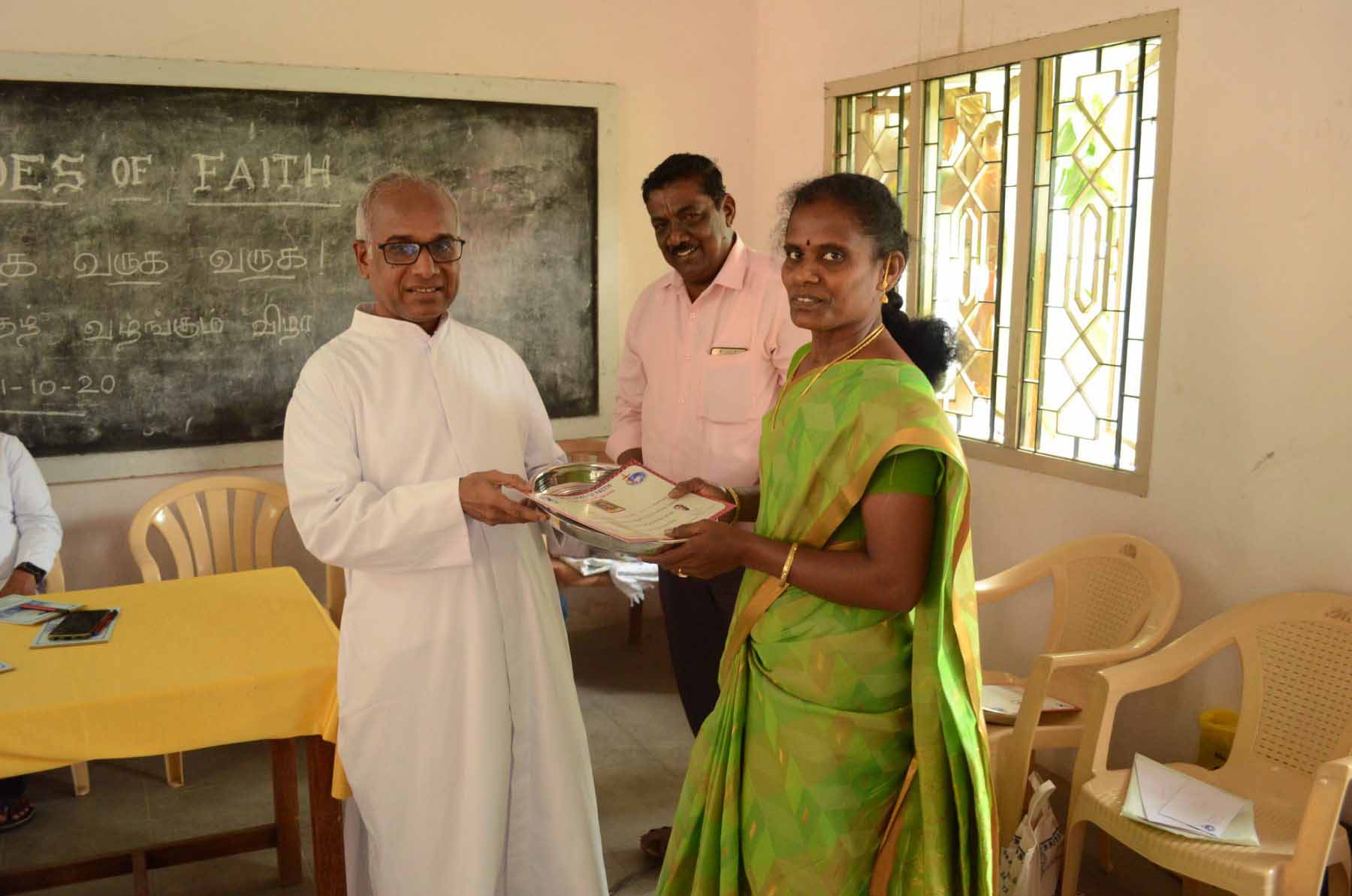

Liturgy
About Liturgy
The Church that finds its source and summit in the liturgy draws its energy from a liturgy that is participated fully, actively and consciously. This becomes the vision of the Commission for Liturgy. The liturgical renewal brought out by the II Vatican Council has not yet reached the vast majority of our people. The liturgical renewal needs to be reached to the people and the clergy. Therefore educating on Liturgy should be the Vision of the Liturgy Commission. Everyone should be made to realize the importance of Liturgy as the summit and source of the life and ministry of the Church and of Christian life. This calls for continuous efforts on the part of the Commission to organize orientation programmes for the religious and laity on liturgy. (SC 44 & 45).

On the one hand, liturgy often means the whole complex of official services, all the rites, ceremonies, prayers, and sacraments of the Church, as opposed to private devotions. In this sense we speak of the arrangement of all these services in certain set forms (including the canonical hours, administration of sacraments, etc.), used officially by any local church, as the liturgy of such a church — the Liturgy of Antioch, the Roman Liturgy, and so on. So liturgy means rite; we speak indifferently of the Byzantine Rite or the Byzantine Liturgy. In the same sense we distinguish the official services from others by calling them liturgical; those services are liturgical which are contained in any of the official books (see LITURGICAL BOOKS) of a rite. In the Roman Church, for instance, Compline is a liturgical service, the Rosary is not.





